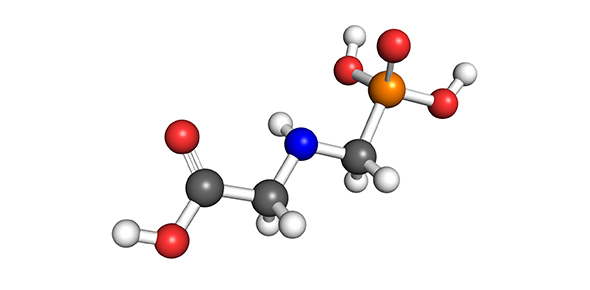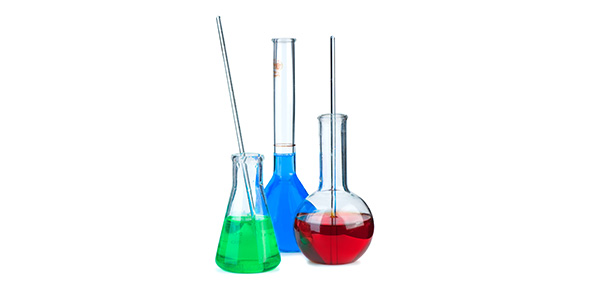Related Flashcards
Cards In This Set
| Front | Back |
|
Endocrine System
|
-Endocrine glands (ductless) secrete hormones
|
|
Hormones
|
Intercellular chemical messengers that are secreted into the blood and each target cells thru circulation
|
|
Chemical classes of hormones
|
1. Amines
2. Proteins and Peptides
3. Steroids
|
|
Amines
|
-derivative of tyrosine
* Thyroid Hormones
-T3 and T4 (secretes more T4, but T3 has higher activity)
* Catecholamines
-Norepinephrine, Epinephrine, and Dopamine
|
|
Thyroid Gland
|
-anterior neck
-circular arrangement of epithelial cells surround thyroid follicle; no blood within follicle
|
|
Synthesis of T3 and T4 in Thyroid Gland
|
-Uptake of I- from blood and transport thru epithelial cells of thyroid follicles into follicular lumen
-Secretion of Thyroglobulin into follicular lumen
-Oxidation of I- to I and incorporation into thyroid hormone molecules that are part of Thyroglobulin
|
|
Storage of T3 and T4 in Thyroid Gland
|
-Thyroglobulin is the colloid in follicular lumen
-Thyrogloblin = storage form of T3 and T4
|
|
Release of T3 and T4 from Thyroid Gland
|
-Endocytosis of thyroglobulin by thyroid follicular cells
-Intracellular hydrolysis of thyroglobulin, which yields 3 thyroid hormone molecules
-Release of T4 and T3 into blood (most is T4)
|
|
Transport of T4 and T3 in Blood
|
-Binding to thyroxine-binding globulin (TBG)
-Most T3 and T4 in blood are in bound form
-Only free form is active (can be taken into target)
*T3 and T4 - nonpolar so can bind to TBG
|
|
Intracellular Actions of T4 and T3 in Target Cells
|
-Carrier-mediated uptake of T3 and T4 into target cells
-T4 converted to T3 by intracellular deiodinase
-T3 enters nucleus and binds to thyroid hormone receptors
-Hormone-receptor complex acts as transcription factor
|
|
Actions of Thyroid Hormone on Target Tissues
|
-Target tissues = all tissues in body, except RBCs (no nucleus)
Actions:
- stimulation of MR (calorigenic effect) -increased activity of Na/K-ATPase
-Permissive for catecholamine effects (permissive = presence of one hormone is necessary for action of another)- upregulation of beta adrenergic receptors
-Tissue growth- synthesis and growth-promoting actions of growth hormone from ant pit.
-Nervous system development and function- fetal brain dev and postnatal nervous system func (reflex, cognition)
|
|
Symptoms of Hypothyroidism
|
-Low BMR
-Cold intolerance
-Weight gain
-Lethargy
-Slow reflexes
|
|
Symptoms of Hyperthyroidism
|
-High BMR
-Heat intolerance
-Weight loss
-Hyperactivity
-Rapid reflexes
|
|
Catecholamines
|
Sources:
Adrenal medulla- norepinephrine (20%) and epinephrine (80%)
Hypothalamus- dopamine
-Transported thru circulation w/o binding protein - very water soluble
|
|
Catecholamine Receptors
|
Types:
-Adrenergic- NE and Epi
-Dopaminergic- Dop
Location: plasma membrane
Receptors: act as ion channels, enzymes, or allosteric activation of G proteins
|






